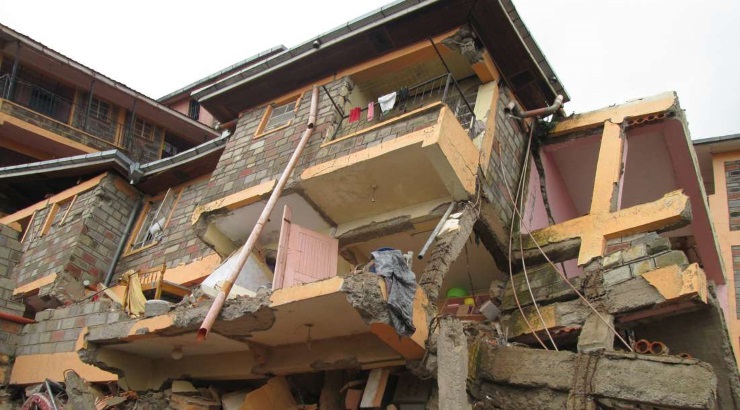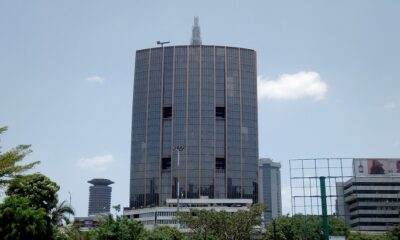Industry News
Fresh Audit of City Buildings Ahead of Mass Demolitions
Over 600 buildings have been declared unfit for occupation.

The Nairobi Metropolitan Services (NMS) is set to undertake a structural audit of private commercial and residential buildings in the city ahead of planned demolition of over 600 condemned structures.
The audit, which comes in the wake of rising cases of building collapse in Kenya, is expected to focus on the structural integrity and safety of buildings within Nairobi.
It will be spearheaded by the NMS Directorate of Lands, Housing and Urban Development.
According to the NMS, the audit will also involve “sensitisation and technical training of county government and national government staff on building audit and inspection to verify structural integrity and safety of buildings” across the county.
The government recently ordered the National Building Inspectorate (NBI) to demolish thousands of buildings that were declared unsafe for occupation in various parts of the country.
RELATED: State Activates Brutal Crackdown on Rogue Builders
This follows a 2018 audit by the NBI, covering 14,895 buildings, which classified 723 structures as dangerous, 10,791 unsafe, and 1,217 fair – with 2,194 buildings declared safe.
Over 600 buildings, mainly in Eastlands, were found to be at a high risk of collapse.
Dangerous buildings
The audit identified Huruma as the estate with most dangerous buildings – totalling 388. Other areas with dangerous houses include Thika Road (85), Pipeline (65), Babadogo (38), Umoja (18), Dagoretti (16), Nairobi West (9), and South B (5).
Common defects identified in buildings within these areas include structural weakness, uneven staircases and poor ventilation due to improper erection of the structures.
Shoddy workmanship and lack of professional supervision have been identified as the main causes of building collapses in Kenya, with two thirds of buildings collapsing after completion and a third during construction.
Eighty-seven cases of building collapses have occurred in the country over the past five years – claiming the lives of about 200 people and injuring more than 1,000 individuals.
Of these cases, 65% are residential buildings, 25% commercial buildings, and 10% mixed-use developments, which shows developers of residential flats are more likely to hire unaccredited contractors in a bid to cut construction costs.












